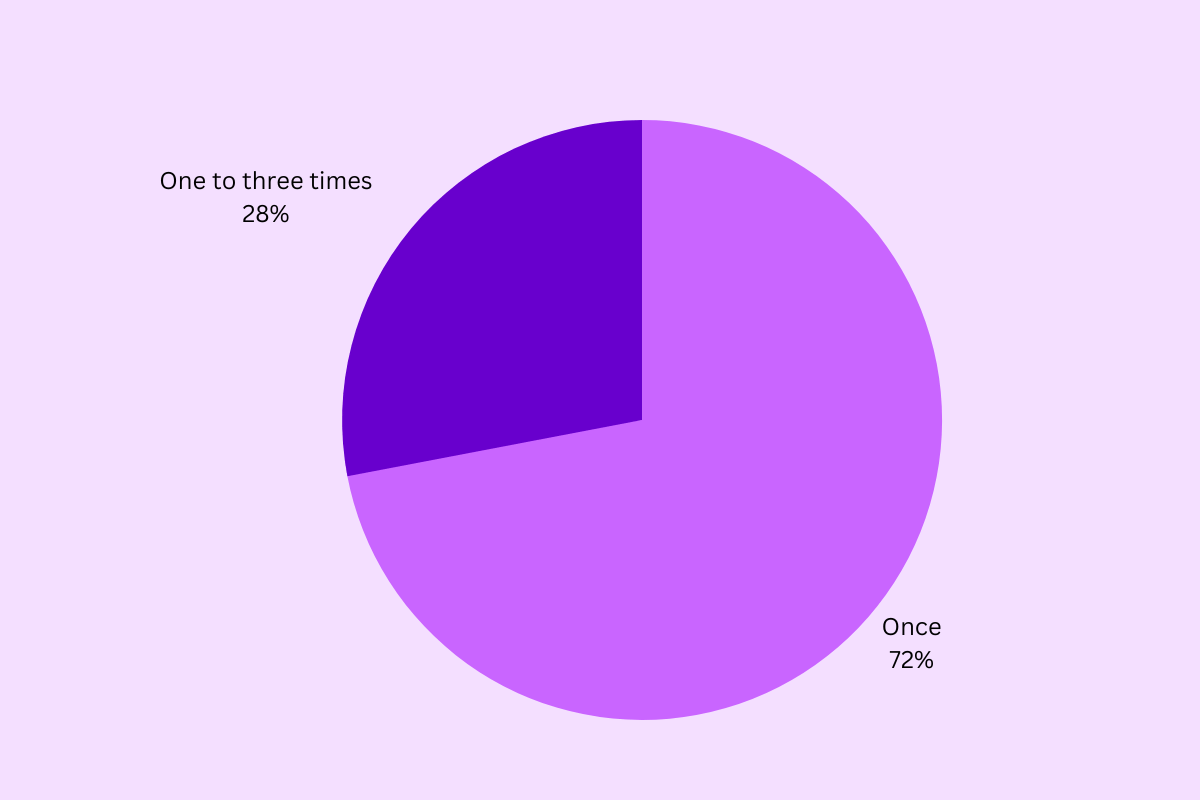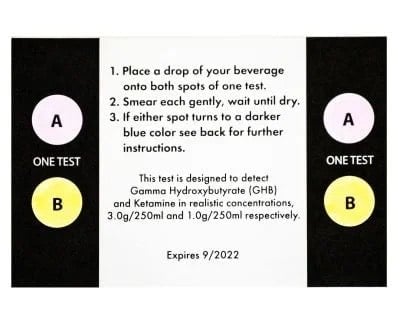
Content warning: This story mentions sexual assault and may be distressing to some readers.
All names have been changed for privacy reasons.
Nicole was in a nightclub with a friend in South Australia.
Tess was at a wedding in Queensland.
Simone was in a corporate lounge in New South Wales.
All three began feeling unwell, ended up in hospital and later discovered their drinks had been spiked.
Drink spiking remains an ongoing issue that continues to happen in venues across the country.
In New South Wales reports of drink spiking hit a five-year high last year.
According to the NSW Bureau of Crime Statistics and Research, police recorded 219 cases of drink or food spiking in the state in 2022, up from 154 cases in 2021.
To shine a light on drink spiking, Mamamia spoke to 50 people who had their drink spiked to find out how easily it can happen and what needs to change to prevent it.
What is drink spiking and how common is it?
Drink spiking occurs when drugs are slipped into someone's drink without their knowledge. Despite what many people might believe, the most common drug used is alcohol.
This could look like "adding alcohol to a non-alcoholic drink or adding extra alcohol to an already alcoholic drink", Dr Nicole Lee, a professor at the National Drug Research Institute told Mamamia.






























































































